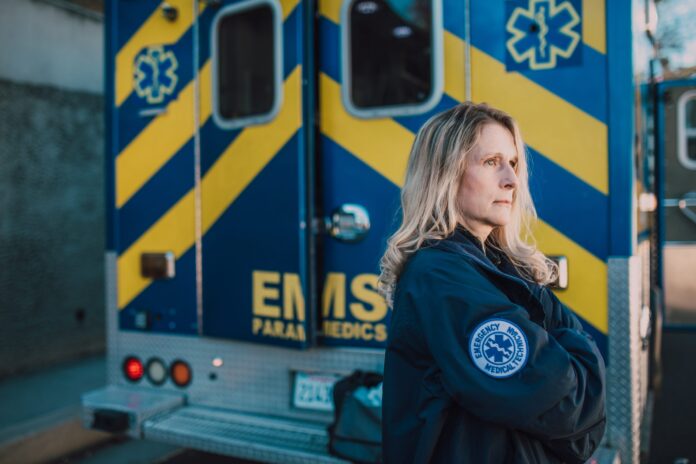The Food and Drug Administration is often said to save patients’ lives by only allowing safe and effective products into the US healthcare system. Numerous research articles written over dozens of years strongly indicate it doesn’t—quite the opposite.
But the agency’s recent decision to make Narcan (naloxone hydrochloride) an over-the-counter medication is a rare and desperately needed in this direction.
Narcan is a unique agent that can stop and help reverse the effects of an opioid overdose—even opioids containing other dangerous substances such as fentanyl. Opioid misuse and overdose have become increasingly common since the beginning of the US opioid crisis in 1999. Between October 2021 to October 2022, a reported 102,750 Americans died from opioid overdoses. In comparison, the Tennessee Department of Mental Health and Substance Abuse documents at least 48,000 overdose reversals from 2017-2021 due to Narcan in Tennessee alone.
Narcan was initially approved in 2014, but was only available with a prescription. Broadening access by making it over-the-counter allows patients to access treatment in supermarkets, convenience stores, and online distributors. Having Narcan available in these retailers also allows greater access in rural areas, which often have less access to medication and other health-related goods.
The FDA’s approval comes with complications, including a lack of clarity about when the FDA will implement the decision. But one thing is evident, using medication to assist those at risk of overdosing is a better way to address the opioid crisis than continuing to ask governments to regulate opioid prescriptions.
State and federal efforts to combat the opioid pandemic have little to show. Early attempts to balance opioid medicinal benefits with their likelihood for abuse involved prescription drug monitoring programs, which monitored physicians’ and patients’ access to prescription opioids. Controlling physician prescribing practices and limiting patient access transitioned much of opioid use from legal to black markets. Unsurprisingly, most opioid-related overdose deaths are now from illegally obtained opioids, which are much more difficult for government agencies to monitor and use without medical supervision.
As someone who has regularly followed and written about the FDA’s actions for over five years, I have seldom praised it. I’ll make an exception. There are few other ways the FDA could have helped save more lives than broadening access to an effective and safe drug that can help countless people address an urgent health concern. Let’s hope this motivates a change in how we approach the opioid epidemic and how the FDA regulates access to other medicines.
